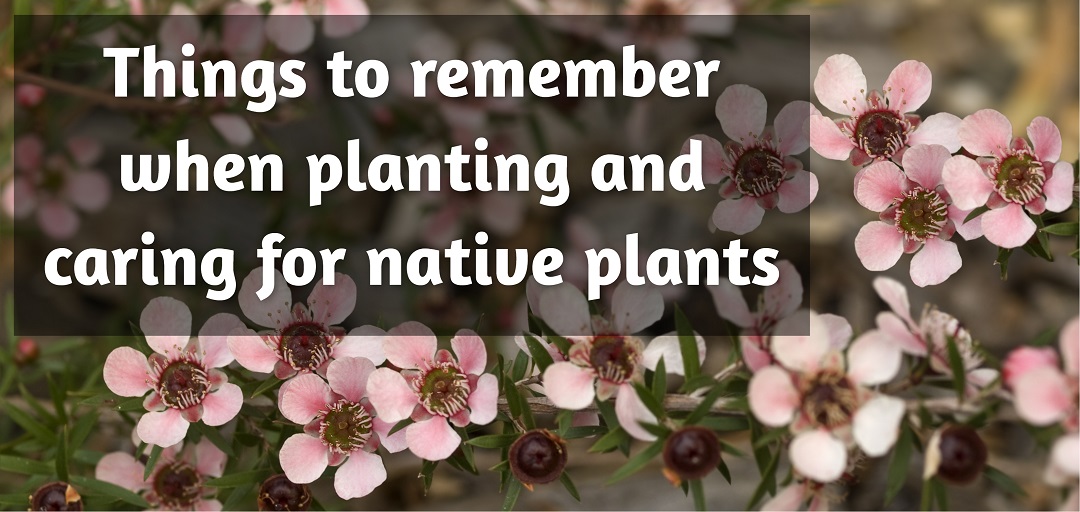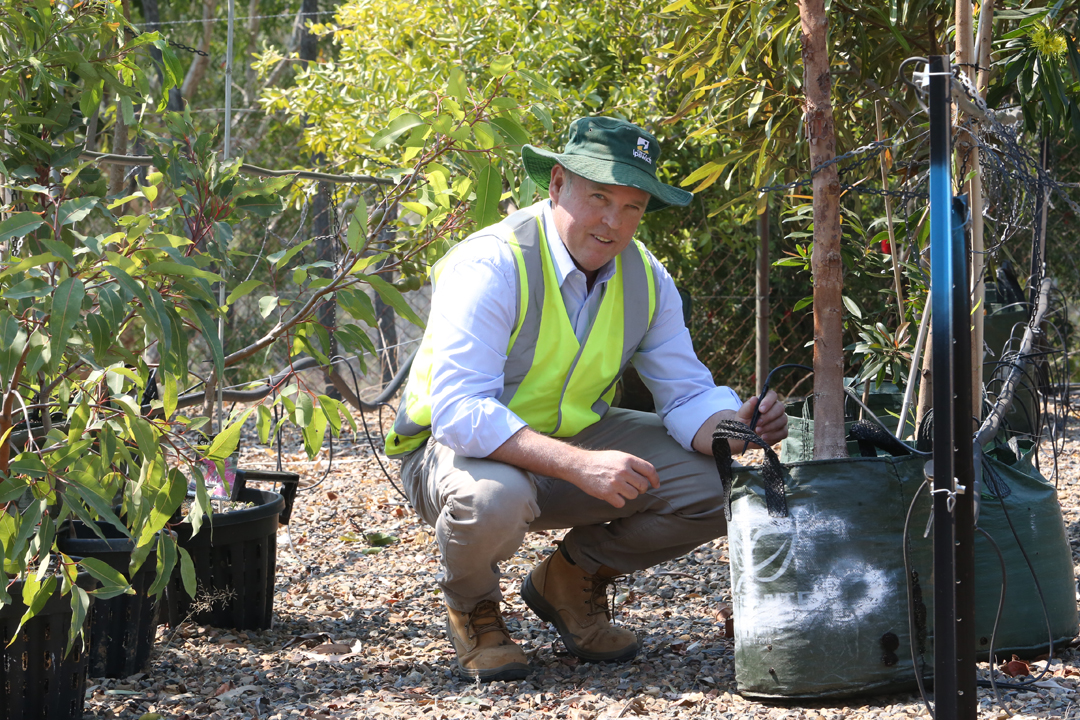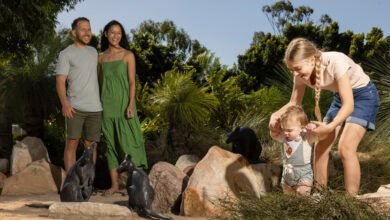
James Hilyard is Ipswich City Council’s Infrastructure and Environment Department, City Maintenance manager.
James is a horticulturalist, arborist and holds a masters degree in sustainability.
In this month’s column, James shares his ideas on things to do in the garden in autumn, his number one tip is to plant native plants.
Autumn is an ideal time of year to plant Australian native plants.
The weather is not too hot and not too cold.
It’s a bit like Goldilocks and the porridge, summer is too hot and plants need to put all their energy into keeping cool and staying alive.
Winter is too cold and plants go dormant to save energy and protect themselves from the cold weather.
So that leaves spring and autumn as the ‘just right’ seasons with autumn being more ‘just right’ than spring.
The reason being is that when a plant is planted in the ground it goes into a state of transplant shock.
This is why they need extra TLC and water when they are first planted and it is when a lot of plants die, especially if they are planted in undesirable weather conditions.
Autumn is perfect as the milder weather reduces water loss through transpiration and lets the plant ‘settle in’ to its new environment during ideal growing conditions.
You won’t get a lot of new leafy growth during this period and the plant will spend a lot of its energy on sending out roots and stabilising itself in the ground.
These roots will be searching for nutrients and water as well as anchoring the plant.
Then along comes winter and slows everything down and the plant will generally appear to be dormant, it is however still ticking over and storing energy in its roots ready to pounce out of the ground when the soil temperature warms up again in spring.

- It can all go horribly wrong if you over fertilise with a fertiliser high in nitrogen at this time of year. If you use a lawn fertiliser on your native plants you are likely to encourage a lot of ‘soft’ leafy growth. This foliage is highly susceptible to frost burn. If and when a frost comes along it will ‘burn’ this new growth off leaving it looking dead and unsightly. So be careful what you use to fertilise your native plants. Slow release osmocote or organic fertilisers are best. Choose ones that are specifically for natives if you can as they will be low in phosphate.
- If you do get frost burn on your plants, be patient. Leave the damaged foliage on the plant as it will provide some protection for the plant from following frost events. Cut it off in spring when the chance of further frosts is low.
- Native plants also need a light prune at this time of year to take off any dead seed or flower heads and keep them nice and compact. Add any composted manures or organic matter to the soil before you plant as most natives don’t like their roots disturbed after they are planted.
- Water well too at this initial stage but back off the water when the plants become dormant. Native plants like good drainage and if they are dormant they require little water. ‘Wet feet’ are bad for natives and a term used for when a plant is water logged. Symptoms include yellowing and wilting of leaves so if you see this check the ground, if its soggy, stop watering and let the plant dry out and you should see improvement. Remember too that as the days get shorter there is less sunlight and therefore less photosynthesis occurring and therefore less growth, so you need to reduce the amount of water going on to your garden. If you have an automatic watering system you can either turn it off or reduce it right back.
If you follow these rules your plants will thrive and outgrow anything in the garden.
The local birds and wildlife will thank you for it.

- Look around your garden and see what has struggled in the heat and sun. When the weather cools a little you can start to move sunburnt plants to more protected areas. Just remember to water well when you transplant.
- Fertilise your lawns and shrubs with a light organic fertiliser. Little and often is best. I would use an organic fertiliser at this time of year as you are less likely to get a burn affect if it’s not watered in enough.
- Prune back any dead wood and crossed limbs in trees and shrubs.
- Give your shrubs a ‘haircut’ or light prune after flowering to keep them compact and promote new growth.
- Dig over your vegie patch and add organics to the soil. Pull out anything that has finished fruiting or struggling and start afresh.
- Now is the time to plant winter annuals if you are prepared to supplement the water if the dry weather continues.
- Vegetables like tomatoes, capsicums and eggplants; lettuce and other leafy greens like rocket and parsley; radish; beetroot and silverbeet; beans; cucumber and zucchini; cabbage, broccoli; turnip, onion and garlic can be put in the ground, just again be prepared to water if this dry weather continues.
- Mulch to keep weeds down and retain water in the soil.


